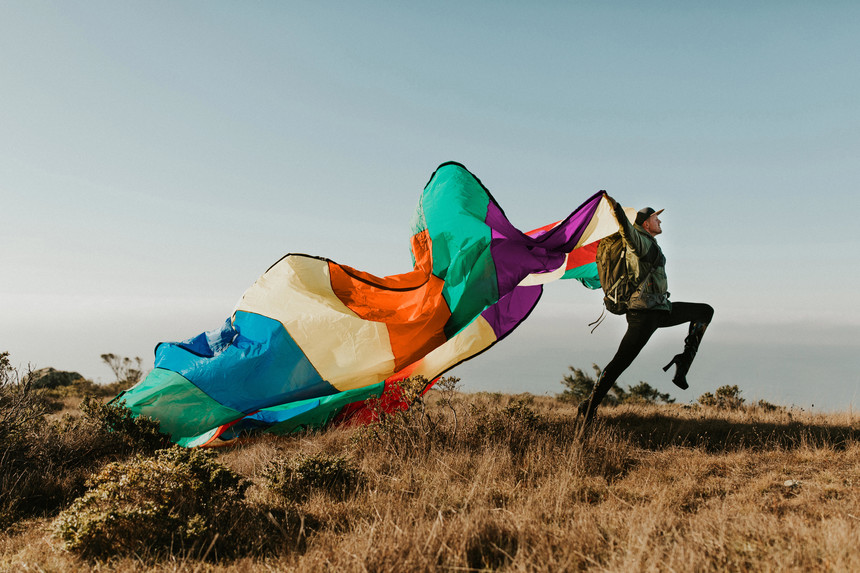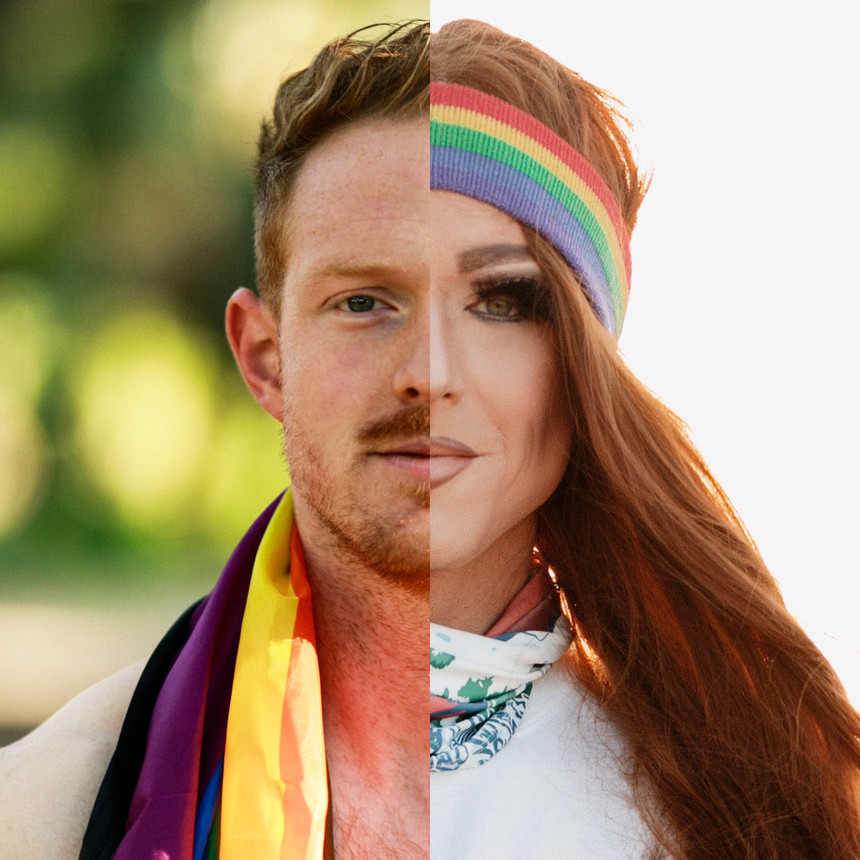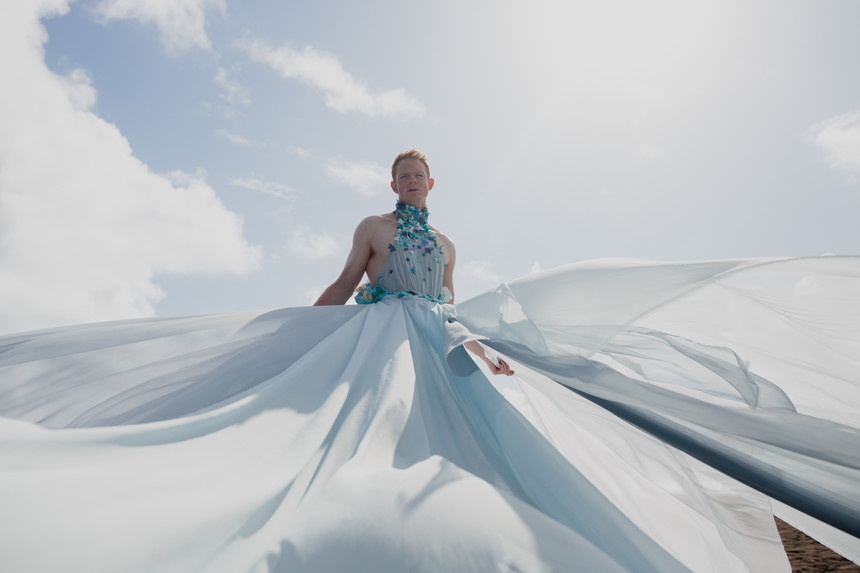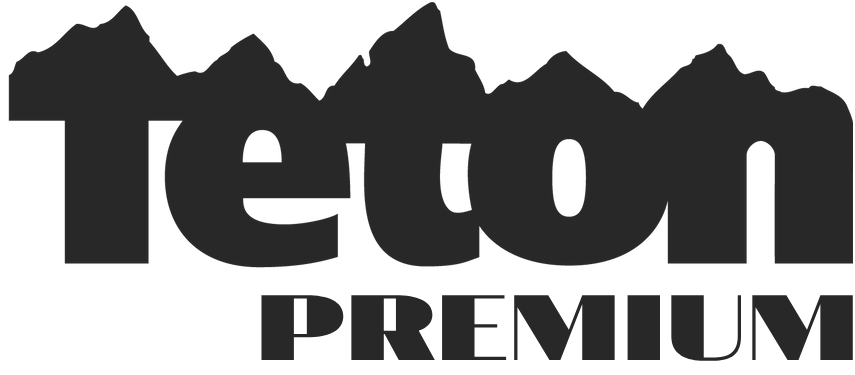 This June we're exploring what Pride means in the context of the outdoors. To kick things off we sat down with drag queen and advocate Pattie Gonia. Pattie Gonia photo.
This June we're exploring what Pride means in the context of the outdoors. To kick things off we sat down with drag queen and advocate Pattie Gonia. Pattie Gonia photo.
It's Pride month, and here at TGR we're excited to join the celebration. For the last few decades, June has served as a time for celebration, parades, and self-expression for the LGBTQ community. It’s a multifaceted month. On top of the festivities, it also honors the 1969 Stonewall uprising, in which a group of black transgender activists fought for their rights during a police raid at a bar in New York City. Following their dissidence, six days of protest broke out throughout NYC, ultimately sparking the worldwide Gay Rights movement that we know and love today.
RELATED: Brooklyn Bell on Allyship in the Outdoors
As rainbow flags begin to fly proudly throughout cities, communities, and our neighborhoods there’s one place we often struggle to find it: the outdoors. For too long the outdoors has been a homogeneous space. It’s time we celebrate all the members of our community equally.
But what does Pride look like in the outdoors?
To find out, we’re going to spend June exploring that question with different members of the LGBTQ community. To kick things off, we sat down with drag queen and advocate Pattie Gonia (she / her) created by photographer Wyn Wiley (he / him). Wiley’s life forever changed when he packed up a pair of six-inch patent-leather boots for a backpacking trip in Colorado. Wiley donned the boots on the trail and began strutting in the dirt like it was a New York City runway. Later he posted the photos and videos to an Instagram account he named Pattie Gonia. What began as a way for Wiley to fully express himself has blossomed into a lovable drag queen advocating for diversity equity and inclusion in the outdoors. This hiking queen isn’t afraid to speak up for “Mother Natch” and caught the world’s attention with her award-winning REI film collaboration Everything to Lose. On top of the incredible and elaborate drag, Pattie keeps herself busy by leading hiking tours and creating resources for allyship.
Here’s what she had to say about pride:
Can you tell us about how Pattie came to be?
Pattie Gonia: I’m from Nebraska, born and raised. I feel like nature was always a part of my life but in very non-outdoorsy ways. For example, most of my childhood memories were spent on my Grandma’s farm which was a wild place. In high school and college, I grew into photography and became a full-time photographer. The outdoors were becoming a bigger part of my life but always with the perspective that I would spend time outside and go back to my life indoors. Up until Pattie was born I felt like I always took from the outdoors and never gave to it or contributed to the outdoor community.
It was a take take take scenario rather than giving back.
I spent 10 years as a photographer and loved it. Doing photography in Nebraska had me traveling constantly, and I was never able to have a queer community. My queer experience up until Pattie was trying to be the gay person everyone wanted of me. It wasn’t who I wanted to be. My queerness was determined by everyone else’s expectations of me. At that time I was really “straight” passing. When I came out of the closet at age 18, I actually almost went further into the closet because I was that gay kid proving to everyone that I wouldn’t be dressing flamboyantly or have a feminine voice.
Pattie is changing all of that for me.
Did you use drag as a way to reconnect with your queer identity?
PG: The first time I did drag was six months before Pattie was born. It was at this photography conference. They had a big dance party at the end and the invitation is to simply come as whoever you want to be for that night. I went in drag as “Ginger Snap” since I’m a redhead and photographer—clever, I know—and she was definitely this bad girl biker chick—not really the vibe as Pattie. But it was a really powerful and important experience because I looked in the mirror and not only saw the other gender but what I was missing as an out person these past few years. I found myself asking, “fuck, what have you been doing?” I wasn’t giving myself permission to be the person I wanted to be.
It’s not just the gay community who does this. We all do this, you know, edit ourselves so we feel comfortable in our environment. My true coming out process was really doing drag/putting on my boots to be Pattie. But I’m learning that’s half the process. There’s a whole lot of recovery to do.
Pattie was born through the recovery process from that. It allowed me to own my queerness and create the first queer community I’ve ever had in my life. It also taught me that I’ve been taking from the outdoors my whole life. It’s my time to play catch up to give to it.
The boots seem like a special part of her character. Can you tell us more about them?
PG: The boots to me are the change between Wyn and Pattie. When the boots are on, it’s Pattie. That’s my drag. A lot of people call me a lazy drag queen because I sometimes just wear Pattie’s iconic boots. Personally I define drag a bit differently. If I’m channeling the females I look up to, most of the women in my life that I admire aren’t wearing ten layers of makeup. They’re not wearing provocative clothes. They would be wearing what I’m wearing, they’re literally just female.
The boots are a symbol to me. It’s kind of like a ritual at this point. Just like how people put on their climbing shoes, skis, or bike gear to do what they love—that’s what the boots are to me. It’s Pattie’s gear.
Now it’s an iconic part of Pattie’s brand.
PG: To me, there’s an innate power associated with heels. I love walking in them, too!
It’s been remarkable to witness Pattie’s evolution and see how multifaceted she’s become.
PG: Pattie is ever-evolving as is my life out of drag. What is it if it’s not that? I’m always down to make the most I can with what’s in front of me. I don’t think of myself as a leader, probably more of a community builder. At the end of the day, I remind myself that I do Pattie for me, and it’s beautiful if it means something to other people.
What goals do you have with Pattie?
PG: My number one goal is to keep searching and to stay curious.
Pattie is where I feel most at home and most in touch with who I am and my talents. I see drag as an art form that lets me house all of my passions: activism, my actions towards allyship, my creativity and my talent as a businesswoman that lets me connect with brands and tell bigger stories. Pattie is a drag queen swiss army knife.
And don’t we all feel that way? Yes, we all adhere to labels: writer, photographer, nurse, accountant, drag queen, artist, etc. But really we’re all so much more than our labels. We all have so many facets and so many talents.

How do you deal with negativity?
PG: Lots of deep breaths. Lots of deleting the Instagram app. And lots of good friends to lean on. Anytime someone has a problem with Pattie I just have to remind myself that first, it’s a reflection of them—not me—and that they’re creating this judgment based on what they thing they know about me. I do stand by Pattie and endorse the things I do, but don’t try to judge a person solely on who I think they are and I ask the same in return.
I have to remind myself that people are all dealing with different kinds of trauma, and the internet seems like a place where people tend to let it go. That’s fine, but I’ll block a bitch if they cross a line.
It’s crazy what people do when they feel empowered behind a keyboard.
PG: The truth of the matter is that these things happen online and offline on a day to day basis. I’ve experienced hate and homophobia and anger on the trail numerous times before.
But when you’re able to have a conversation, you can realize that both parties are seeing each other at face value. There are always assumptions being made. I’m not saying every negative encounter I’ve had ends in this happy jump in the air moment where we’re suddenly best friends, but when I can set aside my ego and defensiveness there can be learning moments for both of us.
I do worry if our society is willing to have conversations anymore though.
Do you find that these conversations lead to positive outcomes?
PG: Two days before COVID-19 shut everything down I was on the trail and someone literally asked why was I doing drag. They had never heard of Pattie and I got to explain to them her story, and it was a cool moment.
But there are moments when I’ve been passed on the trail and someone has shouted, “Fuck you, circus act.” I get it. For some people, things that they don’t normally see can feel like a threat to who they are, but again most of the time I’ve had a conversation I’ve been amazed at the number of times it turns into something positive.
 For Pattie, Pride means celebrating yourself for all that you are. Pattie Gonia photo.
For Pattie, Pride means celebrating yourself for all that you are. Pattie Gonia photo.
What do the outdoors mean to you as a queer man?
PG: As an individual, the outdoors are a way for me to encounter my identity as a gay man. As a community, the outdoors are my way to connect with queer community through group hikes and gatherings.
To me, there have been always been queer people in the outdoors, they’re just not often noticed or celebrated as an integral part of the community. And, honestly, nature is queer as fuck. Same-sex relationships have been recorded in hundreds of animal species. Think about trees. They’re often asexual and can pollinate themselves. That is the definition of queer. We also forget that humans are part of nature, so nature is incredibly queer because we are queer.
I find queerness in the outdoors when there’s a single flower blooming by itself on the side of a mountain. It’s like a beautiful vibrant ray of colors in the middle of a field of rocks, and you’re telling me that’s not queer in comparison to the hundreds of pine trees surrounding it? To me, that little flower is a drag queen. When I see a bluejay out of my window, I’m like “hey queen, you’re literally in drag.”
Queerness is always out there.
What does Pride mean within the context of the outdoors?
PG: Pride as we know it refers to the one month of the year that celebrates queer culture. Pride to me means celebrating yourself for all that you are. It also means thinking about what allyship means on a very practical level. For me, I still have to practice the allyship I want to see. How can I expect allies to show up when I’m not doing it myself?
Pride as a concept means no matter who you are we all have closets to come out of. We all need to accept who we are and celebrate the humans we are. It’s not going to be this pretty process. There will be beauty yes, but it comes with grit, too. What I find interesting about the outdoors is that there’s a lot of people drawn to it because of a “coming out” process. They flee to nature and to the outdoors to find who they truly are. I think that’s why people are really drawn to the outdoors- because they can actually be themselves. And when you are your truest self it allows others to do the same.
Nature lets you be who you are, unfortunately, it’s humans who are fucking it up for each other.
How can the outdoor industry be an ally to the LGBTQ community?
PG: Anyone that loves the outdoors can be a better ally starting tomorrow by treating others as they’d like to be treated. Allyship and coming together for queer people is a lot like climate change. People think it takes one or two grand gestures, and really it’s our daily actions that add up and make the biggest difference. Something every ally can do is just to think about how the tools they have in their tool belt can be used to ally other people. Tools like their voice, their platform, their job title, their money, their relationships. And with those tools, we can build a lot. It might be as simple as being more accepting in your daily life. Can you make every outdoor space you’re a part of a space for all, and can your actions support that?
And to the outdoor industry: hire queer people, put queer people in leadership positiions and pay queer creatives (beyond just Pride month). Support LGBTQ and minority people all year long. With that said, I have stopped looking towards the outdoor industry as the ones who will be leaders for the outdoor community. I’ve realized that we individually minorities in the outdoors are going to have to be the leaders we need.



dorcasmelda
June 15th, 2020
Among other courses, healthcare essay writing help online has become popular since students seek Healthcare Assignment Writing Services and healthcare research research paper writing services.